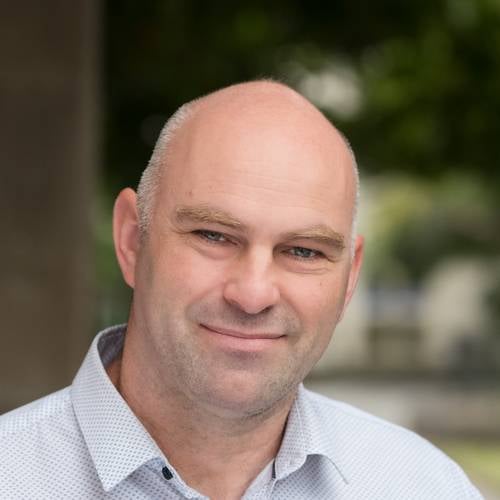About This Webinar
One of the most challenging decisions when designing a scientific imaging setup is determining the best possible CMOS sensor for the job. The origin of this challenge stems from the fact that imaging applications & techniques are broad and diverse, and generally require consideration of a range of scientific sensor specifications.
To address this, the European Machine Vision Association (EMVA) has developed the EMVA 1288 standard to quantitatively characterize image sensors and cameras. EMVA 1288 parameters include items such as quantum efficiency, temporal dark noise, absolute sensitivity threshold, saturation capacity, dynamic range, together with photon transfer- and signal-to-noise ratio (SNR) curves. In addition to these specifications, sensors are generally characterized by a spectral response curve, which trends the responsivity of a sensor relative to the incident light power (electrons from photons per wavelength). Taylor and Gilroy will discuss how these key specifications impact scientific imaging applications and provide practical examples to illustrate.
*** This presentation premiered during the
2024 BioPhotonics Conference. For more information on Photonics Media conferences and summits, visit
events.photonics.com
About the presenters

Phil Taylor is an imaging specialist and field application engineer for Vision Research, manufacturer of Phantom High-Speed cameras; responsible for the India and Asia / Pacific Regions. His primary roles involve developing high-speed solutions for advanced applications, system installations and training, testing experimental imaging techniques and providing on-site
and remote application support to users. Taylor’s 13-year tenure has seen him involved with a wide variety of challenges from hypersonic testing and space launch system development through to research and manufacture of a subsonic wind tunnel to analysis of pollen dynamics in UV wavelengths.
Holding a science degree in Scientific Photography (2009) and an arts degree with honors in Media and Communication (2010) from RMIT University, Melbourne, Australia; Taylor has special interest in applications of photographic techniques specific to flow visualization, from microfluidics through to analogue and digital schlieren techniques.
In recent years, he’s developed multiple Phantom Academy courses in general high-
speed lighting, imaging transparent flows and imaging projectiles in flight and impacts,
presenting hands-on courses in Japan, Indonesia, China, Singapore, Australia and the United
Kingdom, authoring comprehensive booklets for each course.
Taylor strives to maintain a balance between personal research through photographic practice
and delivering that knowledge to others equally passionate about improving their imaging
competency.

Kyle D. Gilroy, Ph.D., is an Applications Engineer for Vision Research, AMETEK. He received his degrees in biomedical physics & engineering from the College of New Jersey in 2011, where he conducted research in optical physics and fundamental engineering. Gilory later earned a presidential fellowship and doctorate degree in engineering from Temple University in 2015 where his dissertation research centered on the synthesis, application and characterization of optically active nanomaterials for sensing and catalysis. He lectured on thermodynamics, data acquisitions systems, and imaging sciences.
Gilroy later worked as a postdoctoral fellow at the Georgia Institute of Technology from 2015, where he carried out research focused on understanding the kinetics and thermodynamics of nanoscale systems. Thereafter he joined as an applications engineer at Vision Research in January of 2018, and now serves as the applications development manager. In 2021, he was awarded the Infinity Nelsonian award for characterizing the Liedenfrost Effect with state-of-the-art Vision Research, AMETEK phantom cameras.